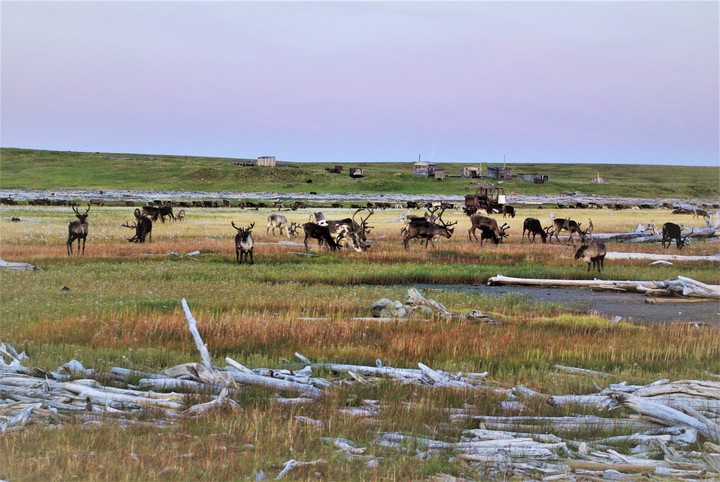Involving local communities interactively in the research stage of data acquisition

Resources needed:
Depending on outcomes and outreach methods envisioned: software environment for app programming, software and hardware for shooting and editing videos (microphones, cameras) Possible outreach method: Commercial outreach video targeting potential app users, Twitter campaign on the process of idea and app development, promotion of a beta test of the app
Project description:
Permafrost is a phenomenon mainly observed in the Earth’s high latitudes. These regions are vast, remote, and access can be very difficult during certain seasons. However, permafrost regions are also a very prominent driver in climate change and research highly benefits from continuous monitoring of these landscapes. Remote sensing via Earth observation satellites delivers daily insights into environmental conditions on site, but has its limitations in terms of spatial resolution and availability with regard to weather conditions. Field campaigns face these constraints, but often only deliver temporal snapshots of in situ conditions, as they are costly and time consuming. Involving local communities, who often live right within these interesting landscapes, and engaging them as ‘assistant researchers’ can offer an alternative means of data collection, that addresses these drawbacks in a straightforward manner.
In this research challenge, we would like you to explore the possibilities and potential difficulties of involvement of nonspecialists in the process of data acquisition for (long-term) observations in remote regions. For this, you may consider the following aspects:
- Initial outreach
- How would initial contact with the local communities be established?
- To which extent should indigenous participants be involved in the process of research design?
- What are the incentives for participants, and how would value be returned to the individuals and/or the communities?
- Data handling and processing
- Is continuous, real-time feedback necessary? How would it be guaranteed?
- How is data exchange/information transfer handled between local communities and the responsible scientists?
- Would untrained locals need prior familiarization to guarantee unbiased, thorough, and trustworthy data? Or can a set of differently-biased observations even give a more detailed general result?
- How can uncertainties resulting from these factors be quantified?
- Is feeding data directly to an openly accessible database feasible and reasonable?
- Observation targets and methods
- What (environmental) elements/features/processes of permafrost regions would provide suitable targets for such routine observations, and which should rather be monitored by experts? In permafrost regions, potential observation targets might include: ground subsidence, lake drainage, snow depth, changes in animal migration, changes in seasonality, damages to/state of infrastructure What methods are most suitable and easy to implement? Photographs, simple measurements, animal count, reports on state?
Further comments:
Remember, working with and benefitting from indigenous knowledge is still a rather sensitive topic and needs to be handled accordingly.
Possible outcomes of this research challenge could involve an easy-to-use mobile application, that makes data collection for untrained users intuitive. However, it is important to consider that cell coverage and ownership of smartphones is not necessarily comprehensive throughout all northern communities.
One of the possible science communication tools for this project could be an outreach video that promotes such an app and/or gets local communities more easily involved.
Contact person
Torben Windirsch-Woiwode, Tabea Rettelbach